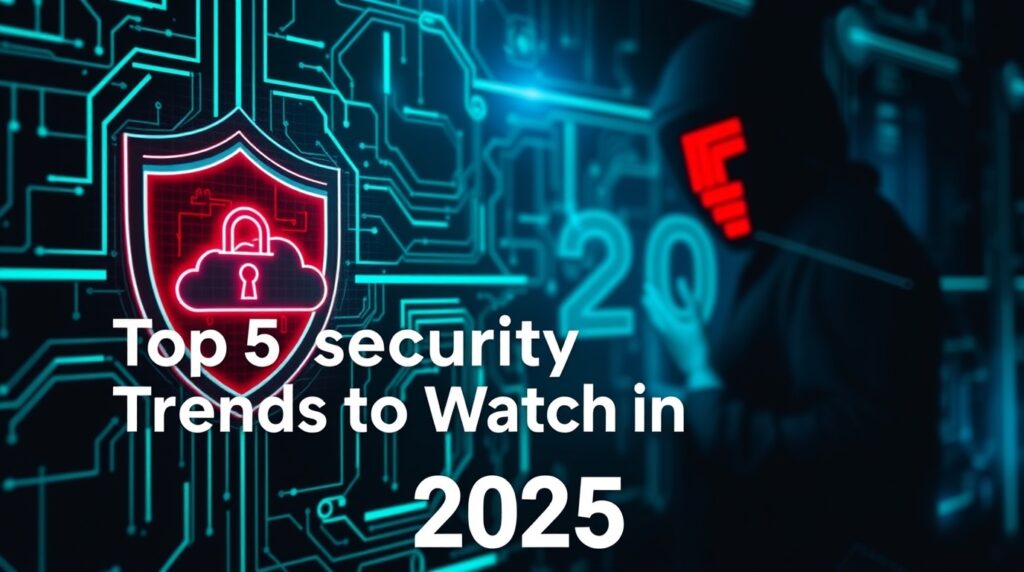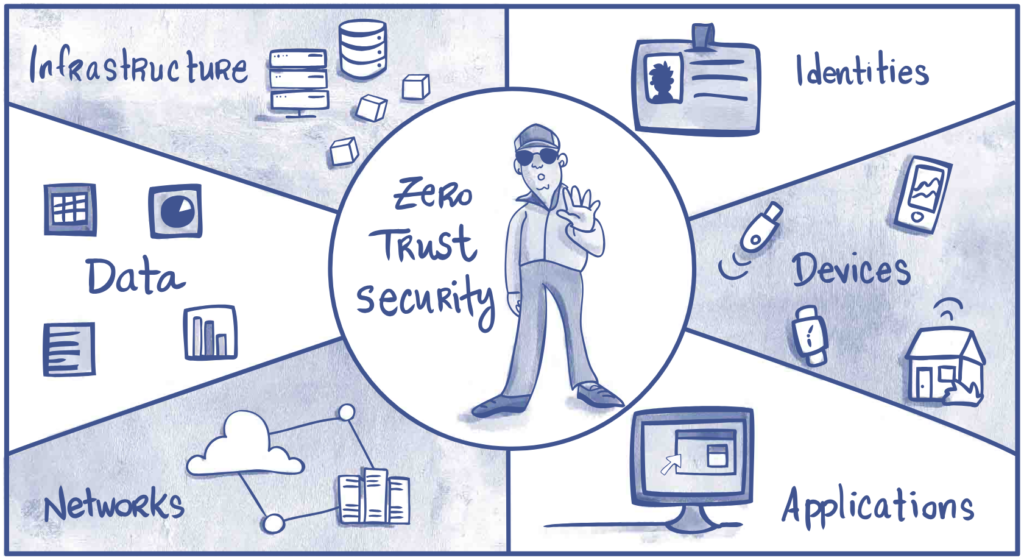
Introduction:
Why Cyber security in 2025 Demands Your Attention
Imagine waking up to news that a major company’s customer data has been stolen—again. Now picture this: the attack wasn’t carried out by a hacking genius, but by someone with minimal technical skills using a rented ransomware kit. Scary, right? As technology evolves, so do the threats. In 2025, Cyber security isn’t just a buzzword; it’s a survival skill for businesses and individuals alike.
This year, we’re seeing cybercriminals leverage tools like AI and ransomware-as-a-service (RaaS) to launch faster, smarter attacks. But don’t panic—knowledge is power. In this guide, we’ll break down the top cyber security trends for 2025, giving you actionable insights to safeguard your digital life. Let’s dive in.
1. AI and Machine Learning: The Cyber security Double-Edged Sword
How AI Is Revolutionizing Defense
Artificial intelligence isn’t just for chatbots and self-driving cars. In 2025, AI-powered tools are becoming the backbone of cyber security. These systems analyze mountains of data in real-time, spotting anomalies that humans might miss. For example, AI can detect a phishing email by analyzing language patterns or flag unusual login attempts from halfway across the world.
But here’s the catch: cybercriminals are also using AI. They’re training algorithms to bypass security measures, create convincing deepfakes, or even mimic your CEO’s email style. This means businesses need to stay two steps ahead by investing in adaptive AI defenses that learn and evolve with each attack.
What You Can Do
- Adopt AI-driven threat detection platforms.
- Regularly update AI models to counter adversarial attacks.
- Train employees to recognize AI-generated scams (e.g., voice cloning).
2. Cloud Security: Protecting Your Data in the Digital Sky
Why the Cloud Is a Prime Target
By 2025, over 90% of businesses will rely on cloud services—but this convenience comes with risks. Hackers are increasingly targeting cloud storage, APIs, and misconfigured servers. Remember the 2023 breach where a single exposed API key led to a $50M loss? These incidents are only getting more common.
Key Strategies for 2025
- Zero Trust for the Cloud: Assume every access request is a threat until proven otherwise. Multi-factor authentication (MFA) and micro-segmentation are your friends here.
- Encryption Everywhere: Encrypt data both at rest and in transit. Look for solutions offering quantum-resistant encryption (more on that later).
- Audit Shared Responsibility: Cloud providers handle infrastructure security, but you’re responsible for your data. Double-check those settings!
3. Zero-Trust Architecture: Trust No One, Verify Everyone

Goodbye, Perimeter Security
Gone are the days when a strong firewall was enough. With remote work and IoT devices flooding networks, the “castle-and-moat” approach is obsolete. Enter a zero-trust architecture, where every user, device, and application must prove they’re legitimate every single time.
Making Zero-Trust Work for You
- Least Privilege Access: Only grant permissions necessary for a task. Your intern doesn’t need admin rights!
- Continuous Monitoring: Use behavioral analytics to spot oddities, like a marketing intern accessing financial records at 2 a.m.
- Simplify Compliance: Zero-trust aligns with GDPR and CCPA by default, since access is tightly controlled.
4. Data Privacy Laws: Navigating the Regulatory Maze
New Rules, New Challenges
In 2025, data privacy isn’t optional. Laws like Europe’s GDPR and California’s CCPA are just the beginning. Brazil’s LGPD, India’s DPDP Act, and South Africa’s POPIA are tightening the screws globally. Non-compliance can mean fines up to 4% of annual revenue—or worse, losing customer trust.
Staying Compliant
- Automate Consent Management: Use tools to track user permissions and data requests.
- Pseudonymization: Replace identifiable data with fake identifiers to reduce breach impacts.
- Think Global, Act Local: Tailor policies to regional laws if you operate internationally.
5. Ransomware-as-a-Service: Cybercrime Goes Mainstream
Why RaaS Is Every CEO’s Nightmare
Ransomware isn’t new, but 2025’s twist is its accessibility. Dark web marketplaces now offer RaaS(Ransomware as a service) kits for as little as $50, complete with customer support. This “democratization” of cybercrime means even amateurs can launch crippling attacks.
Fighting Back Against RaaS
- Backup Religiously: Use immutable backups stored offline. Practice restoring them!
- Segment Networks: Isolate critical systems so ransomware can’t spread.
- Employee Training: Teach teams to spot phishing emails—the #1 ransomware entry point.
Bonus: Emerging Threats You Can’t Ignore
Quantum Computing Risks
Quantum computers could crack today’s encryption by 2030. While that’s a few years off, 2025 is the time to start future-proofing with quantum-resistant algorithms.
IoT and OT Vulnerabilities
Your smart thermostat or factory sensors could be hackable entry points. Secure these devices with regular firmware updates and network segmentation.
Conclusion: Building a Resilient Future
The cyber security trends of 2025 paint a clear picture: threats are growing smarter, but so are defenses. Whether you’re a business leader or a casual internet user, staying informed is half the battle.
Your Action Plan:
- Audit your current security measures.
- Invest in AI and zero-trust tools.
- Train your team regularly.
- Stay updated on global regulations.
Cyber security isn’t a one-time fix; it’s a mindset. By embracing these trends today, you’ll be ready to face whatever 2025 throws your way.
Got questions or need tailored advice? Drop a comment below—we’re here to help! 🔒
🔒 Want to stay ahead of hackers and tech shifts? Bookmark this page to catch our latest cybersecurity insights, expert tips, and breaking updates. Dive into more must-reads like “Top 5 Emerging Tech Trends in 2025 That Will Change Our Future“ and “10 AI Life Hacks To Boost Productivity & Creativity in 2025 You Need To Know“—your digital armor starts here. 📌 Psst… scroll down to subscribe for weekly guides delivered straight to your inbox! 🛡️


